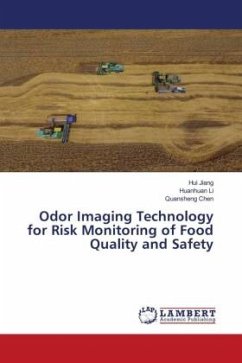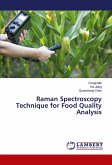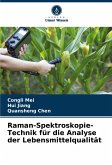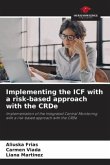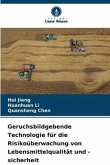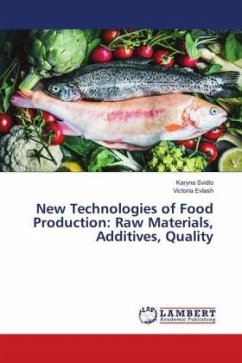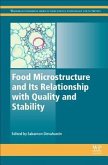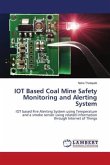The quality and safety of food is a major overall strategic problem of relating economic development, social stability and state independence of our country. How to improve the quality and safety of food at all stages of the circulation process, in order to ensure, improve the safety of grain quality on the market significance is extraordinary. Odor imaging technology is a new sensing technology established by imitating mammalian olfactory system, which includes colorimetric sensor array, reaction chamber, image acquisition and data processing system. This technology can detect and distinguish a variety of chemical substances through the reaction of chemical dyes with volatile gases of the tested substances in multiple sensing units. It has high sensitivity and can accurately identify and distinguish real complex samples, and it shows great application potential in food quality analysis. This book summarizes the application progress of odor imaging technology in food quality and safety risk monitoring, discusses the existing problems of this technology, and looks forward to its application prospects in food quality and safety risk monitoring.
Hinweis: Dieser Artikel kann nur an eine deutsche Lieferadresse ausgeliefert werden.
Hinweis: Dieser Artikel kann nur an eine deutsche Lieferadresse ausgeliefert werden.

